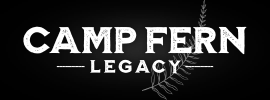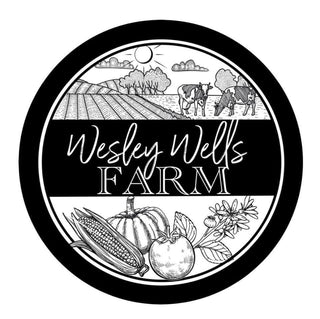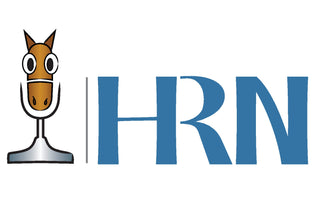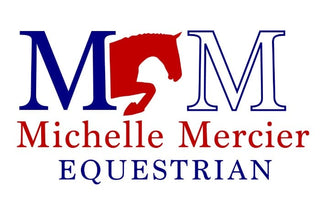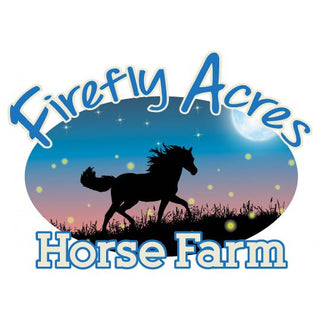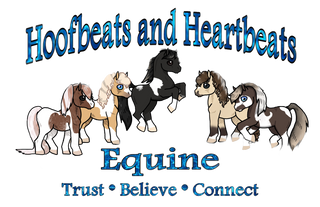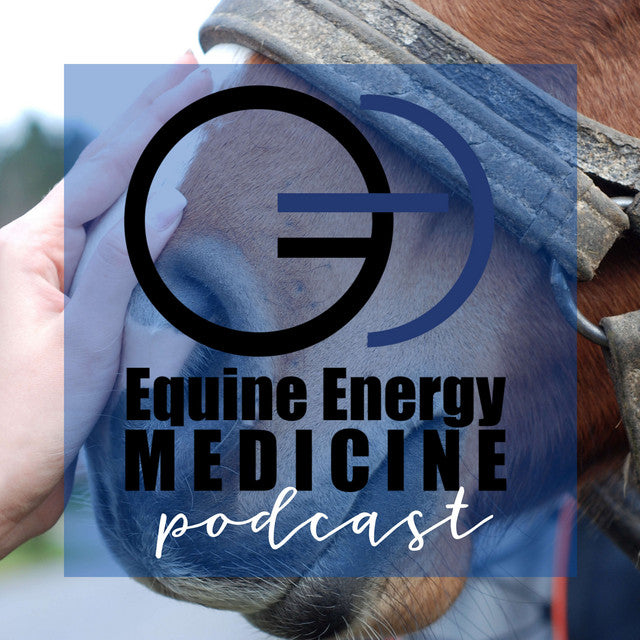Weather awareness and storm safety are crucial concerns for farm and horse owners. Every farm owner or barn manager I know has at least two weather applications installed on their phones, and they check them regularly.

If you care for horses, you will come in constant contact with the elements. Wind, snow, rain, and thunderstorms - you'll likely be outside in all of it!
Weather can be incredibly frustrating, making chores more challenging and riding occasionally impossible, but it can also be dangerous. Lightning strikes can pose significant risks to both horses and barn structures.
It's no fun to think about, but in this case, knowledge is key. Come along with me to explore the dangers of lightning to horses and provide valuable safety precautions for protecting your equine friends and barns!
Let's Talk Lightning
To beat the enemy, we must first understand it. Let's revisit grade school science for a moment.
Lightning is a natural electrical discharge caused by the buildup of electrical charges in the clouds. It can occur in different forms, with cloud-to-ground and cloud-to-cloud being the most common types. I'll elaborate.
Cloud-to-Ground Lightning
- Most people are familiar with this type of lightning. It occurs when a channel of negatively charged electrons, known as a stepped leader, descends from the cloud toward the ground.
- When the stepped leader approaches the ground, a positively charged streamer rises from the Earth's surface to meet it. The part of the lighting you see actually comes from the ground!
- Once the stepped leader and the streamer connect, it forms a conductive path, and a powerful electrical discharge, or lightning bolt, travels upward from the ground to the cloud.
- CG lightning is responsible for a significant portion of lightning-related damage to structures and poses a threat to individuals and animals outdoors.
Cloud-to-Cloud Lightning
- CC lightning occurs when electrical discharges occur entirely within the cloud without reaching the ground.
- These lightning flashes can create impressive light displays in the sky during thunderstorms, illuminating the clouds with a flickering, branching pattern.
- This type of lightning doesn't directly strike the ground, but it indicates a severe storm and is often associated with thunder and heavy rainfall.
Lightning Strikes in the United States
In the United States, lightning strikes are a relatively common occurrence. We record millions of strikes annually!
The frequency of lightning strikes varies by region, with some areas experiencing more lightning activity than others. Florida, for example, is known as the "Lightning Capital of the United States" due to its high lightning activity. Florida also has a LOT of horses.
Understanding the different types of lightning and their characteristics is essential for assessing the risks associated with thunderstorms and taking appropriate safety measures.
The Dangers of Lightning to Horses

I want to begin this blog section by telling you NOT to panic. If you're anything like me, certain things don't bother you until you really start thinking about them. Then, before you know it, you're outside trying to figure out how to divert lighting away from your precious herd with a DIY YouTube video and rubber mats.
This information isn't here to scare you. It's simply giving you information that might come in handy one day!
Horses are particularly vulnerable to lightning strikes due to several factors:
- They are often located in open areas, making them more exposed.
- During heavy rainstorms, horses often head for shelter. Standing under a lone tree raises the strike risk.
- Ungrounded wires and fencing are hazardous in general and during a lightning storm.
- Stables and run-in sheds without the protection of lightning rods increase the chances of a direct hit.
Safety Precautions for Horse Barns
To minimize the risk of lightning strikes to your horses and barns, consider implementing the following safety measures:
Lightning Rods
Install lightning rods on barns and structures. These devices can safely redirect lightning strikes away from your property. - and it's less expensive than you might think, depending on the size of your space.
Grounding Systems
Ensure proper grounding systems and electrical equipment are in place for your barns to dissipate electrical energy away from the ponies and into the ground.
Surge Protectors
Use surge protectors for electrical equipment in the barn to guard against electrical surges caused by lightning strikes.
Shelter Options
Provide safe shelter options for your horses during thunderstorms. Sturdy barns and shelters can protect them from heavy rain and hail.
Monitoring and Forecasting
Stay informed about weather conditions using weather apps or services. Pay attention to thunderstorm forecasts and have a plan in place for moving your horses to an ideal location when storms are predicted.
What to Do During a Lightning Storm

In the event of an approaching lightning storm, follow these steps:
Move Horses to a Safe Shelter OR…
Lead your horses to a safe shelter, preferably a well-grounded barn or shelter designed to withstand storms. But here's the kicker...
If you don't have a well-grounded, super-safe shelter - that's okay. Giving horses the ability to travel during storms can keep them safer. If your horses are turned out amidst trees or near lighting rods, their chances of getting struck are significantly reduced.
In the event of a hurricane or tornado, clip a tag with your information to their halters and leave them out. Horses have incredible instincts, and they will do everything in their power to keep themselves safe.
If you're like me and not big on unsupervised halter-wearing regardless of the situation (they could easily get stuck on something during the storm), braid the tag tightly into their mane with string.
Stay Indoors
Humans should stay indoors and away from open windows and doors to avoid potential lightning strikes.
Electrical Safety
Refrain from using electrical appliances and plumbing during the storm to reduce the risk of electric shock - both in the house and the barn.
Wait It Out
After the last thunderclap, wait at least 30 minutes before resuming normal activities to ensure the storm has passed.
Lightning Strike First Aid for Horses
Many things aren't probable, but everything is possible. If a horse is struck by lightning, take immediate action if it's safe for you to do so.
I know you'll run out there anyway, throwing caution to the wind like every horse owner, but I must advise you to keep yourself safe as well.
- Contact a veterinarian without delay to assess and treat the horse's injuries.
- Keep the horse calm and as still as possible to prevent further harm.
- Monitor vital signs and administer first aid as needed while awaiting professional help.
Preparation is Your Friend

Lightning safety is important to protect your horses and barns. By implementing safety precautions and being prepared for lightning storms, you can significantly reduce the risks
Mother Nature presents.
Prevention and preparedness are vital to keeping your equine companions (and yourself) safe during thunderstorms.
Additional Resources
For more information on lightning safety and protection for horses, consider visiting the National Lightning Safety Institute or consulting your local agricultural extension office for region-specific advice.















